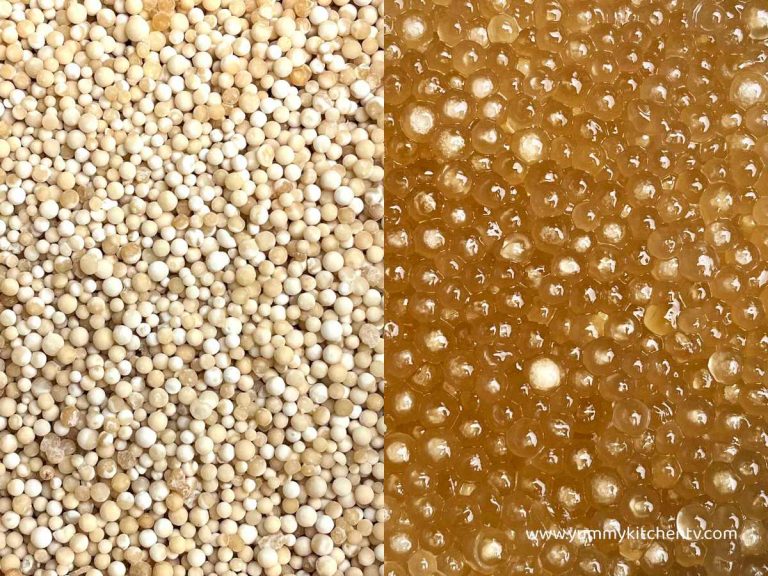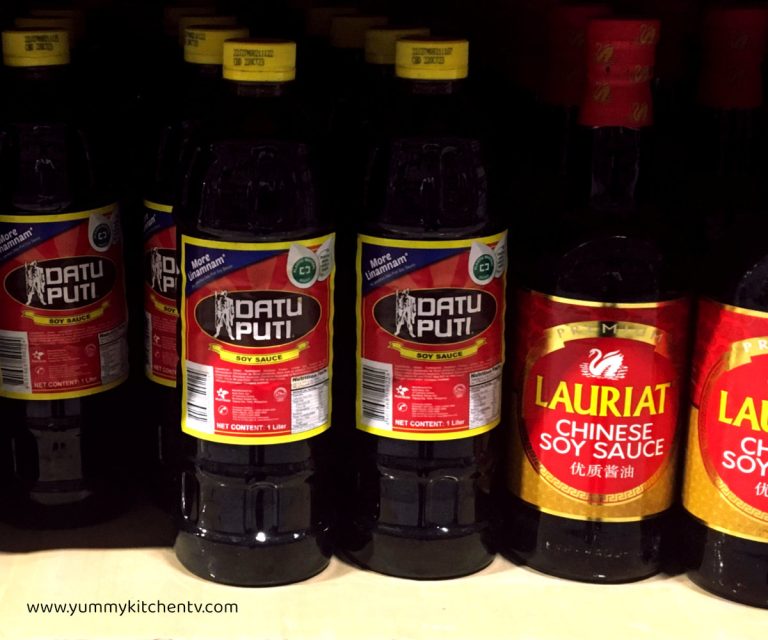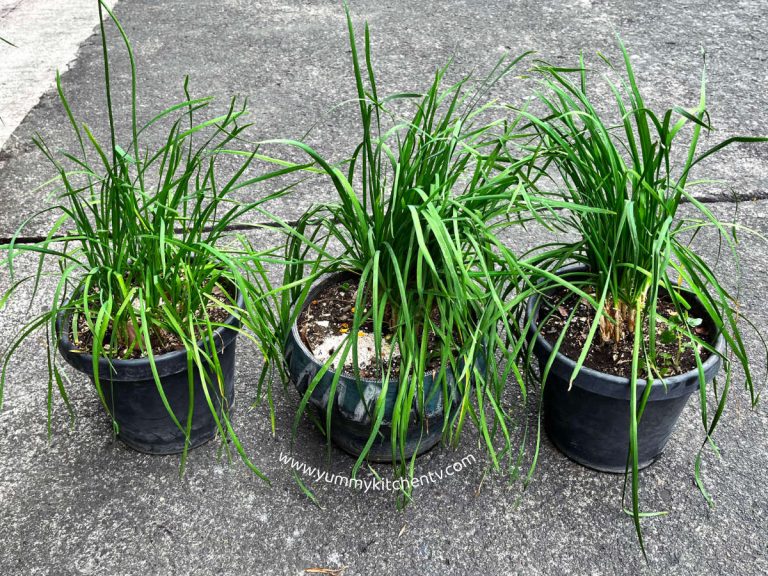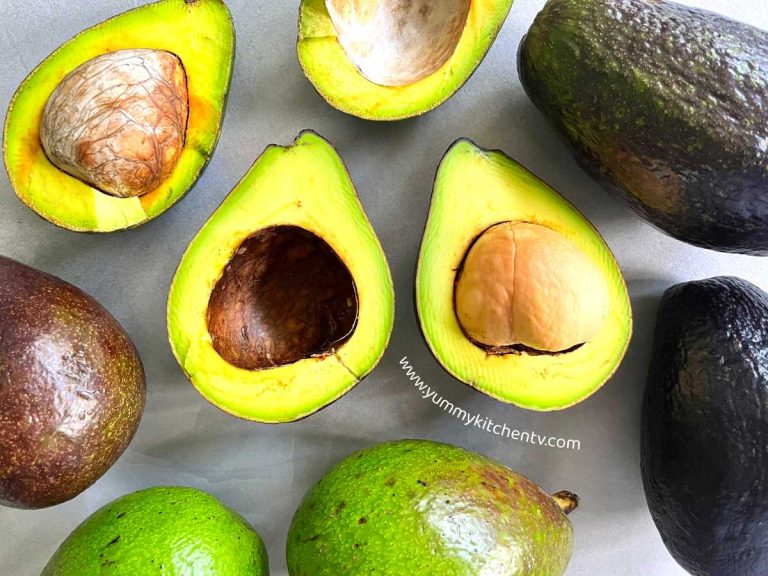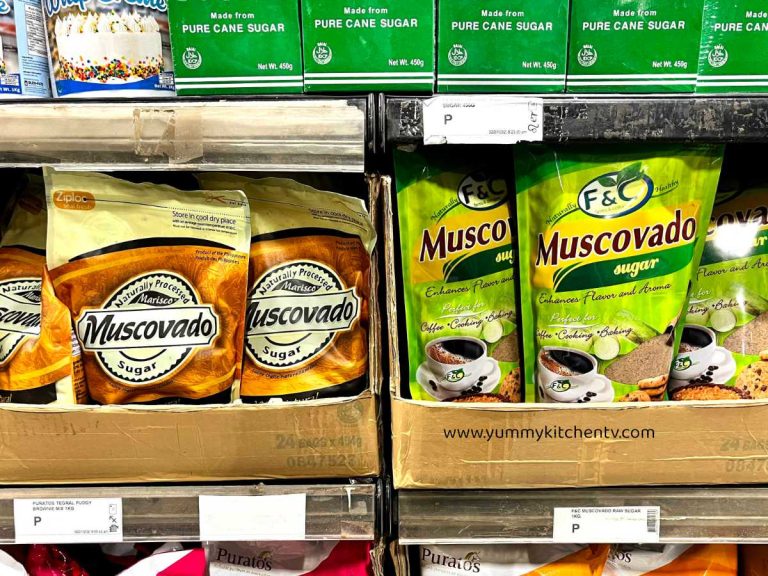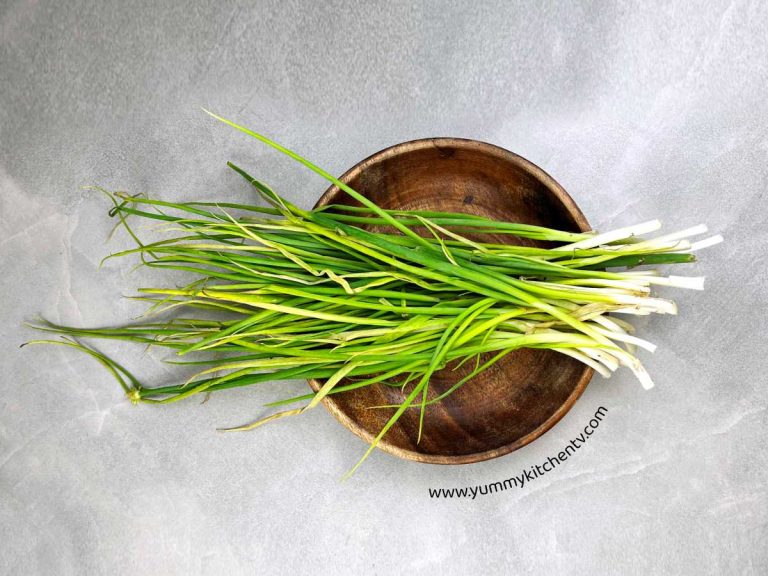Lychee
Lychee, sometimes spelled as Litchi, or lichi, is a recognizable, bright red rounded fruit, known for its sweet fruity and slightly floral scent and taste. A fruit that originated from China, and is part of the evergreen family tree of the Sapindaceae, it can grow to around 49 feet tall, covered with a foliage of bright green leaves, that make the red color of the fruit pop out even more. Aside from it’s interesting aroma and flavor, these are popularly eaten by many to help with insulin resistance, and other diabetes related problems.
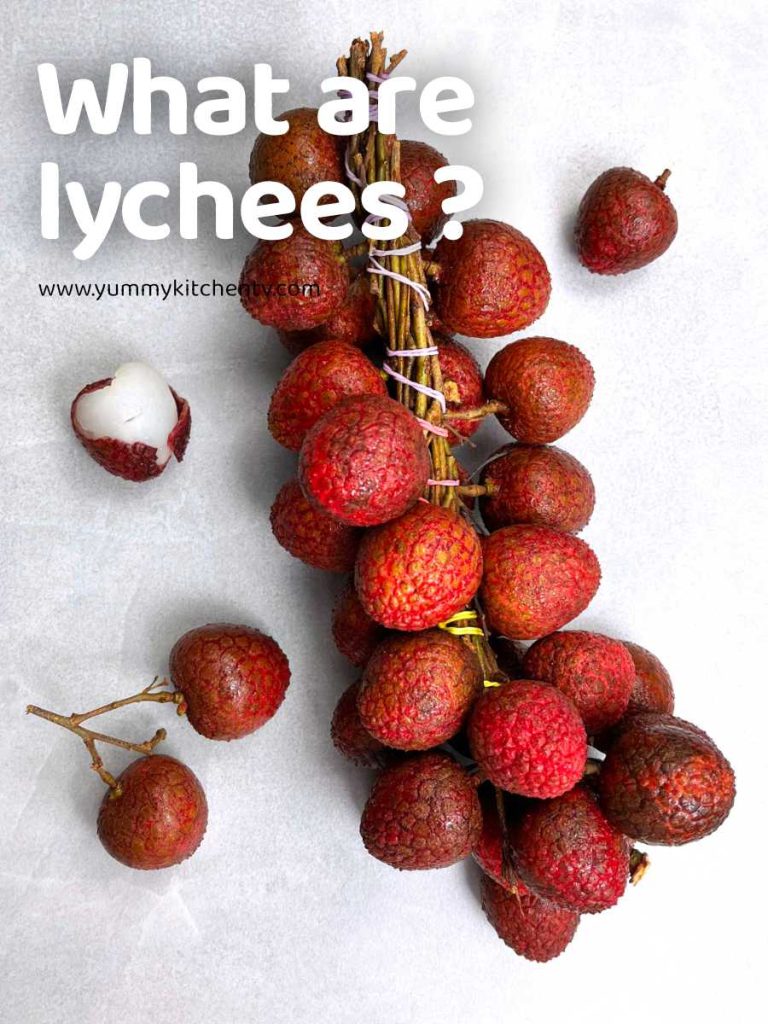
A short Introduction
The Lychee or litchi (pronounced lai-chee), is the sole member under the genus ‘Litchi’ of the Sapindaceae, soapberry family. The Lychee tree is native to South China, introduced throughout South Asia and Southeast Asia and grown since the 11th century. The earliest description found of the Lychee fruit
With another published book, in 1782, the ‘Voyage aux Indes Orientales et à la Chine, Fait depuis 1774 jusqu’à 1781’ which translates to ‘Voyage to the East Indies and China made from 1774 and 1781’, by the Frenchman Pierre Sonnerat, he described the fruit of having 3 subspecies, depending on the number of stamens, arrangement of the flowers and twigs, it’s thickness, and fruit.
While China might be the main grower of this small sweet fruit, many countries like India, Vietnam, Madagascar, and South Africa are not far behind. The fruit, scientifically called ‘Litchi chineses’, the ‘chineses’ in the same is the only subspecies of commercialized lychee. These are better grown in tropical areas, giving them a sweeter taste. The trees are from the evergreen family gow to a height of 49 – 92 feet tall, the branches that holds the twigs and leaves are reddish-brown, evergreen leaves that can have a length of 1 – 8 inches, with a slightly pointed tip and a rounded oblong body, similar to a laurel and can repel water, the flowers that signal the nearing of the fruits seasonally grow in yellow and green colors, in 10 or more clusters, and are very fragrant. After 80 to 112 days of flowering, it bears fruits around 1.6 inches big in diameter, has a green to pink, turning red coloring when ripe, a roughly textured shell-like rind, that protects the sweet white and juicy almost translucent flesh, covering the big black inedible seed.
What does lychee taste like? It has a sweet, slightly floral, with a hint of acidic taste. It’s fleshy and juicy, some compare the flavor to a mix of pear or strawberry with a touch of citrusy acidity. Though the fruit loses its floral flavor when canned. It’s become a choice of many to eat raw as a snack or desserts, added into traditional dishes, like Thai Banana-lychee in Coconut milk, turned into snacks like cakes, jello, tossed into salads, made into syrups for desserts or drinks, lychee cocktails are pretty popular, lychee martini, lychee wine, Watermelon and lychee, lychee and lime fizz, or non alcoholic drinks like shakes and smoothies with many more interesting ways to use lychee.
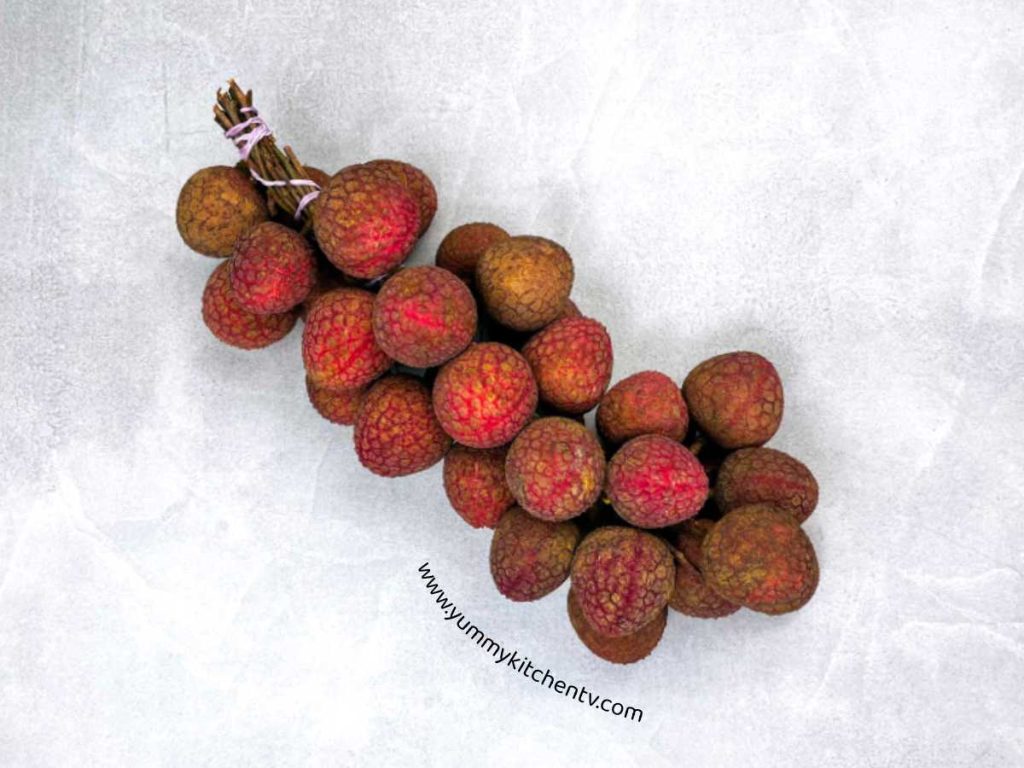
Lychee vs rambutan
While they do somewhat look similar, there are still some noticeable differences such as :
- Rambutans are bigger than lychees.
- The outer shell, both being pink to almost reddish in color, but the rambutan has thin electric green or orange hair like strands around the fruit, white the other has small bumps.
- The taste and texture are different, Rambutans are creamier has a scent similar to that of a dragon fruit, while lychees have a brighter taste from its slight acidity close to that of a mangoosteen.
Lychee benefits
Lychees are a popular food especially around Asian households. There was once a time these were seen as a dangerous fruit because of some cases that they were eaten as a whole with the seed included, or eaten with an empty stomach by kids. But nowadays with further research many have appreciated it’s taste and many of its benefits mainly with Vitamin C, Copper, and Potassium which helps with:
- A cup or 10 pieces of fresh lychees are equivalent to a medium orange. Meaning it has a good amount of vitamin C.
- This juicy fruit also has antimicrobial, anti-inflammatory, antioxidant properties, and ‘polyphenols’ which are plant-based antioxidants. All of these help with preventing the risk of cancer, heart problems, and boosts the body’s immunity.
- New research has stated that it might have anti-diabetic properties, meaning that it lowers blood-glucose levels, reduces insulin resistance, and can fight oxidative stress that can cause obesity and diabetes.
- Another plus from this fruit is that it’s an ingredient for a dietary supplement called ‘Oligonol’, found in many patented antioxidant medicines made from green tea and lychee skin. It helps with gut health. Though this does not work when eating the fruit itself but comes from the processed supplement.
* Do note that these might be hazardous to those with low blood sugar, and one should not eat these in an empty stomach.
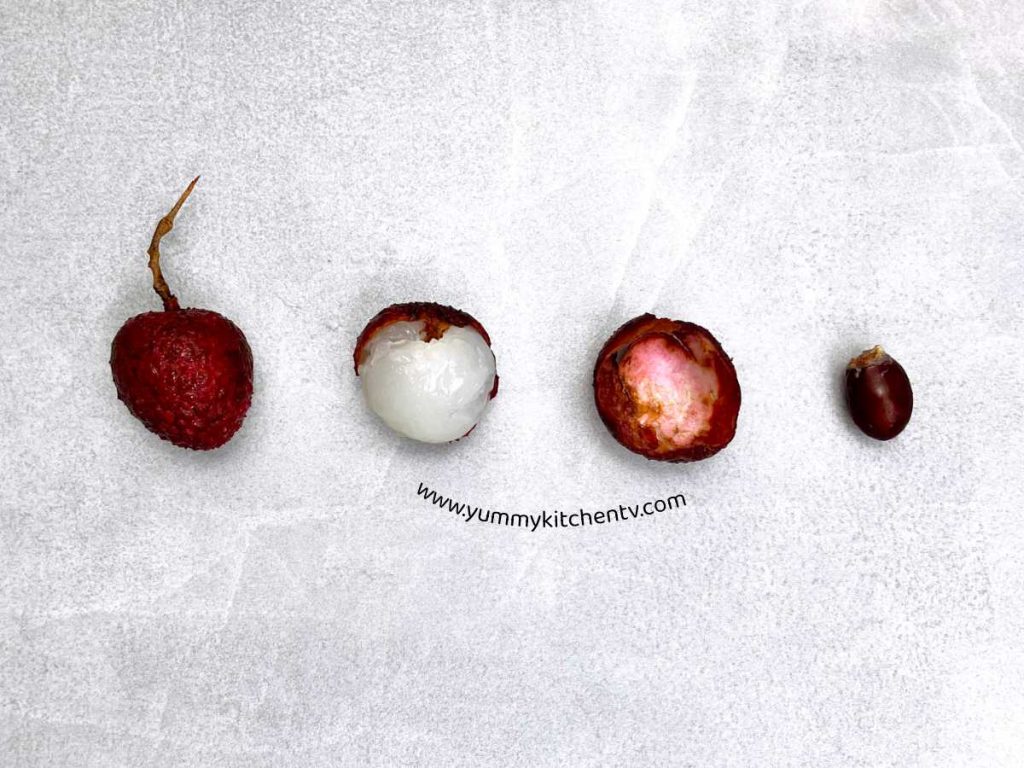
How to eat Lychee
- Wash the lychee in running water, and place it in a strainer to dry.
- While the lychee skin looks tough, you can actually break it easily by pressing it with your thumb and pointer to crack it open. If this does not work, use both palms, giving it a little pressure on each side.
- Once you crack it open, peel till you only have the white flesh.
- You can pit the seed first, or just nibble around the seed.
- Enjoy the fruit or add them into your desserts or salads. Just make sure NOT to eat the seed.
* Do note not to eat (bite on) the seed, these are toxic and poisonous to the body. It can cause hypoglycemic encephalopathy, meaning it can cause the body to induce you into a coma or seizures.
Litseyas in the Philippines
Lychee or in Tagalog ‘Litseyas’ are one of the most popular summer fruits, not only because of its sweet juicy taste but from the many ways to enjoy it. A popular one being the Lychee jelly snack that many kids love, usually given as a treat or added in a goodie bag from a party. Added into panna cotta, a creamy fruit salad, drinks, sorbet, ice cream, and many more!
This food crop is grown commercially around the Cordillera. A foreign fruit introduced in the Philippines which made them a high value food crop, popular with consumers within the country.
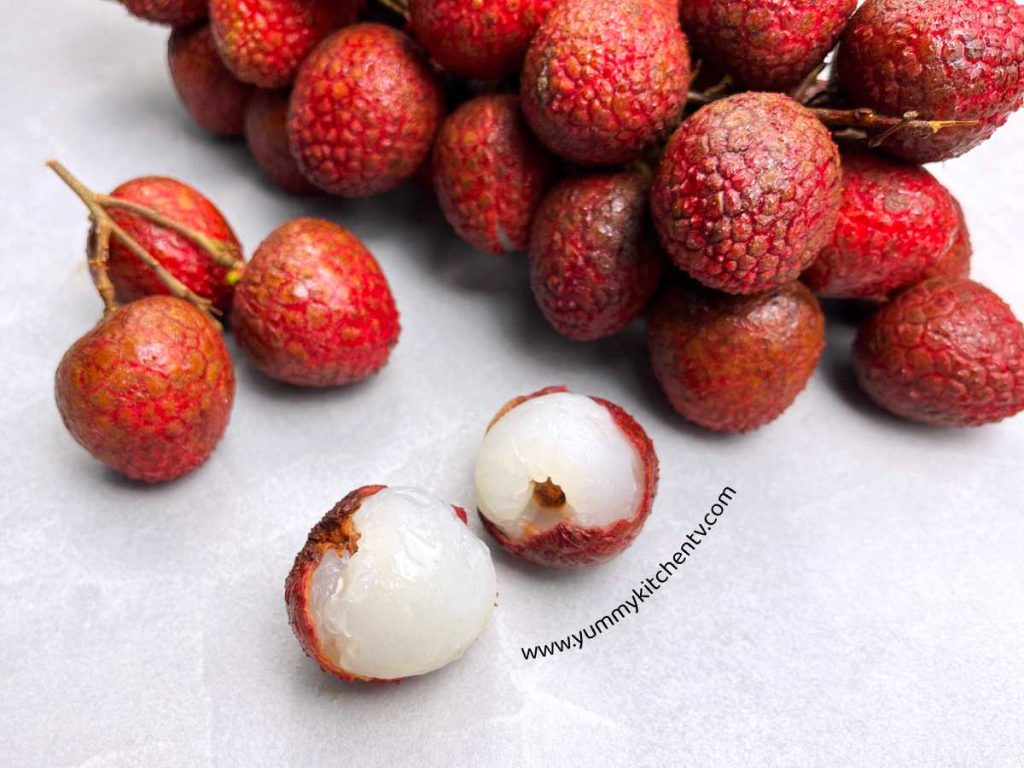
This sweet summer treat is an easy to enjoy delicacy you can find in fruit stalls, fruit markets, grocery, and now online.
